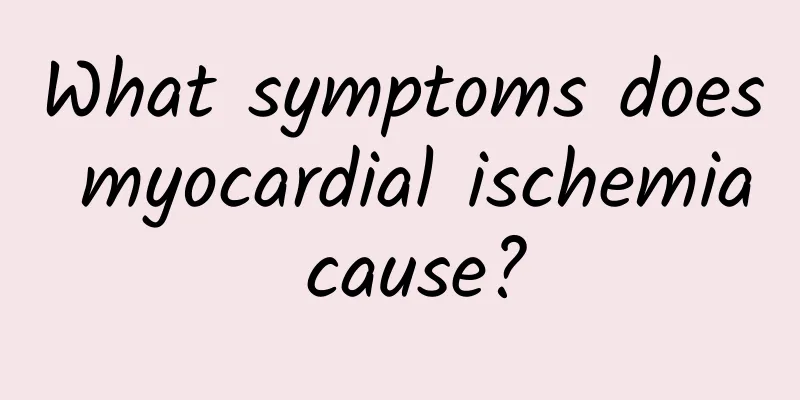What are the common causes of high bilirubin?

|
The symptoms of high bilirubin are quite obvious. The patient's skin is obviously yellower than that of normal people, and the eyeballs are also yellow. High bilirubin usually indicates that the individual patient has abnormal liver function. Physiological high bilirubin is more common in newborns. High bilirubin levels are common in newborns, and generally, they will gradually return to normal levels after 7 to 14 days of oral medication. Common diseases with pathologically high bilirubin include icteric hepatitis, cirrhosis and other diseases. Elevated total bilirubin is common in: (1) Liver diseases: acute icteric hepatitis, acute yellow liver necrosis, chronic active hepatitis, cirrhosis, etc. (2) Extrahepatic diseases: hemolytic jaundice, blood transfusion reaction due to blood type incompatibility, cholecystitis, cholelithiasis, etc.; (3) Seen in toxic or viral hepatitis, hemolytic jaundice, pernicious anemia, and paroxysmal hemoglobinuria. Polycythemia, neonatal jaundice, internal bleeding, post-transfusion hemolytic jaundice, acute yellow liver atrophy. Indirect increase 1. Hemolytic jaundice. Due to some hemolytic diseases, excessive destruction of red blood cells may result in increased indirect bilirubin in the blood; 2. Hepatocellular jaundice. When liver cells become diseased, bilirubin cannot be converted into bile normally. Due to the swelling of liver cells, the bile ducts in the liver are compressed, the excretion of bile is blocked, and the bilirubin level in the blood increases. 3. Blood transfusion error. Blood transfusion with incompatible blood types may cause hemolysis, destroy a large number of red blood cells, and cause a large amount of indirect bilirubin to be released into the blood. 4. Neonatal jaundice. It is mainly due to the increase of indirect bilirubin in the blood caused by blood type incompatibility between mother and child or congenital biliary tract malformation in the newborn. Direct rise 1. Obstructive jaundice. It is mainly caused by bile duct obstruction (such as cholelithiasis, liver cancer, and pancreatic head cancer). 2. Some diseases that cause excessive destruction of liver cells, such as acute and chronic hepatitis, hepatocellular jaundice, cirrhosis, etc. Increased bilirubin in the blood causes yellowing of the sclera, skin, mucous membranes, and other tissues and body fluids. When the total serum bilirubin increases significantly, a person's skin, sclera, urine and serum appear yellow, hence the name jaundice. Jaundice can be caused by inflammation, necrosis, poisoning and other damages to the liver. Biliary tract diseases and hemolytic diseases can also cause jaundice. If the high bilirubin level is caused by liver disease, in addition to the symptoms of jaundice, there will also be symptoms such as decreased appetite, fatigue, low fever, nausea, vomiting, abdominal pain, etc.; if the high bilirubin level is caused by anemia, in addition to the symptoms of jaundice, there will also be symptoms such as dizziness, fatigue, muscle or joint pain, etc. |
<<: How to quickly relieve abdominal cramps
>>: What is the best medicine to take for bitter mouth?
Recommend
Testicular lymphadenopathy
Men's reproductive organs are very fragile an...
What ingredients can be used to make porridge with millet to nourish the stomach
Millet is the most common type of rice in our dai...
Common causes of chronic cough
I believe everyone is familiar with the symptom o...
What to do if your sciatic nerve is sore
Swelling and soreness of the sciatic nerve is a m...
What are the white spots on the nails? Five hidden diseases
Many people have some white spots on their nails,...
Should benign thyroid tumors be removed?
In recent years, the incidence of thyroid tumors ...
What can you eat to detoxify arsenic poisoning?
Poisoning is a common problem in life, especially...
What is the use of sandblasting for teeth cleaning?
The main function of teeth cleaning sandblasting ...
The difference between heat and dampness
Heat toxins and dampness toxins are both diseases...
Is a small amount of pleural effusion serious?
In the middle of the visceral and parietal pleura...
Can people with diabetes eat donkey-hide gelatin?
Donkey-hide gelatin is a very nutritious food and...
What should I do if chronic pharyngitis attacks acutely?
I believe that many friends with chronic pharyngi...
How to avoid renal failure due to drug poisoning?
Many people take medicines without the arrangemen...
Left side headache throbbing
If the left half of the head is throbbing with pa...
Body odor, dry and flaky armpits
Some women suffer from body odor, dry and flaky a...









